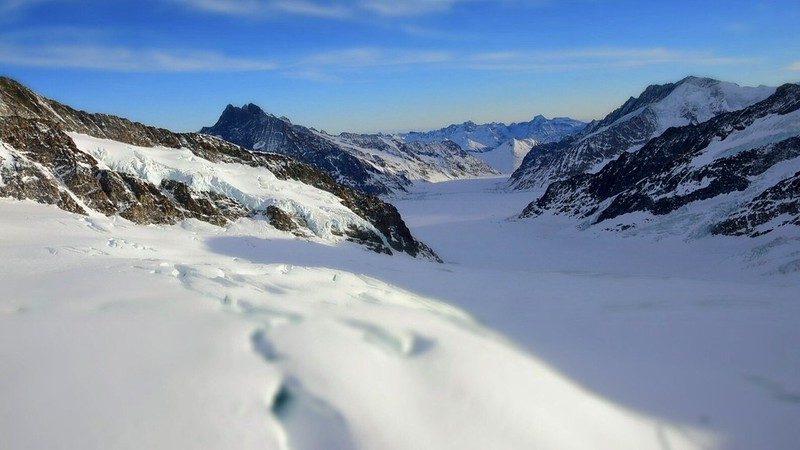 Ice Age Europeans Sought Refuge in Spain, But Met Their End in Italy. Credit: Ank Kumar / Flickr / CC BY-NC-ND 2.0
Ice Age Europeans Sought Refuge in Spain, But Met Their End in Italy. Credit: Ank Kumar / Flickr / CC BY-NC-ND 2.0New research has revealed the huge impact that climate change and migration had on early human populations in Europe. The study’s findings highlight the incredible resilience of our ancestors in the face of dramatic climate change.
It also sheds light on the complex migrations and interactions that helped shape the genetic makeup of modern-day Europeans.
Gravettian Civilization
The research, which was published on March 1 in the journal Nature, provides insight into what became of the Gravettian civilization, which, in the period being studied, controlled Europe and created unique tools and art, such as the sensual ‘Venus’ figurines seen at ancient sites throughout the continent.
Scientists have discovered the demise of the Gravettian society by using cutting-edge techniques in DNA sequencing of ancient human bones.
As the ice sheet moved southward some 25,000 years ago, the people living in what is now Italy may have felt that they had reached a blind alley compared to their relatives in what is now southern France, Spain, and Portugal.
Cosimo Posth, who is a researcher at the University of Tűbingen, said, “To our big surprise, in Italy the population that was present before the last glacial maximum completely disappears.”
Scientists call the greatest extent of the Ice Age the “last glacial maximum,” and those who moved west were able to avoid its harshest effects.
Newcomers From Balkans
According to the findings of a genetic study conducted on the remains of people who lived in Italy after the end of the most recent ice age, the dark-skinned and dark-eyed Gravettian population was eventually replaced by newcomers from the Balkans. These newcomers brought with them blue eyes and a trace of Near Eastern ancestry. After examining 116 new DNA samples in addition to the 240 specimens that were previously studied, researchers concluded that they quickly repopulated the continent from Iberia to Poland and the British Isles, and ruled it for thousands of years.
Meanwhile, the Gravettians who survived the Ice Age in Spain interacted with migrants from the east when Europe warmed up around 15,000 years ago.
Ice Age Europeans found refuge in Spain, doom in Italy
New research reveals that the hunter-gatherer people who dominated Europe 30,000 years ago sought refuge from the last Ice Age in warmer places, but only those who sheltered in what is now Spain and Portugal appear to… pic.twitter.com/9VeOSJh0dk
— Boots On The Ground Portugal (@BootsOnTheG_PT) March 3, 2023
The Gravettians left a genetic imprint on the final hunter-gatherer groups in Spain before the advent of the first farmers, who traveled to Europe from Anatolia some 8,000 years ago. This genetic imprint may be traced in the populations that existed before the arrival of the farmers.
The study’s findings add to our understanding of the complex genetic history of Europe and the impact that migration and climate change have had on the region.
The research also highlights the importance of using genetic analysis to uncover the past and shed light on the origins of modern populations. However, Posth also stated, “No modern population can claim a single origin from the human groups that first became established on the continent.”

 1 year ago
80
1 year ago
80











 English (US)
English (US)